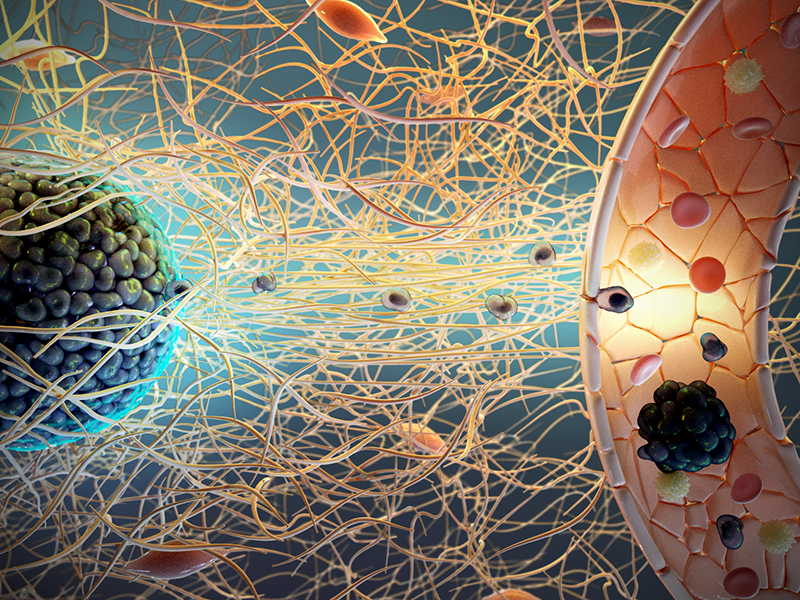Targeted drug-transport systems keep considerable promise for treating cancer correctly by sparing healthy surrounding tissues. However, the promising approach can best be painted if the drug hits its target. A Northwestern University studies group has developed a new way to decide whether or not single drug-delivery nanoparticles will effectively hit their meant goals—by sincerely analyzing each nanoparticle’s unusual moves in real-time. By analyzing drug-loaded gold nanostars on cancer cell membranes, the researchers determined that nanostars designed to target most cancer biomarkers transited over larger areas and turned around lots faster than
They are non-concentrated on opposite numbers. Even while surrounded by non-mainly adhered proteins, the concentrated nanostars maintained their distinct, signature actions, suggesting that they’re focused on the ability to stay uninhibited. Moving ahead, these facts may be used to compare how exceptional nanoparticle traits—including particle length, form, and surface chemistry—can improve the layout of nanoparticles as targeting, drug-transport agents,” said Northwestern’s Teri Odom, who led the look. Look at it posted today (Aug. 9) in the journal ACS Nano. Odom is the Charles E. And Emma H. Morrison Professor of Chemistry at Northwestern’s Weinberg College of Arts and Sciences.

The scientific field has long been attempting to find alternatives to modern-day cancer treatments, consisting of chemotherapy and radiation, damaging healthy tissues further to diseased cells. Although those are effective ways to deal with most cancers, they carry the dangers of painful or risky facet results. Handing over drugs directly into the diseased vicinity—in preference to blasting the whole frame with treatment—centered transport systems brings about fewer side outcomes than modern-day treatment strategies.
The selective delivery of therapeutic retailers to cancer tumors is a primary medical goal to avoid aspect consequences,” Odom said. “Gold nanoparticles have emerged as promising drug-shipping cars that may be synthesized with dressmaker characteristics focused on most cancers cells.” Various proteins generally tend to bind to nanoparticles when they enter the frame. Researchers have worried that those proteins might hinder the debris’ targeting abilties. Odom and her crew’s new imaging platform can now display screen-engineered nanoparticles to decide if their focus is on a feature retained in the presence of the adhered proteins.
 Fit Netion My WordPress Blog
Fit Netion My WordPress Blog



